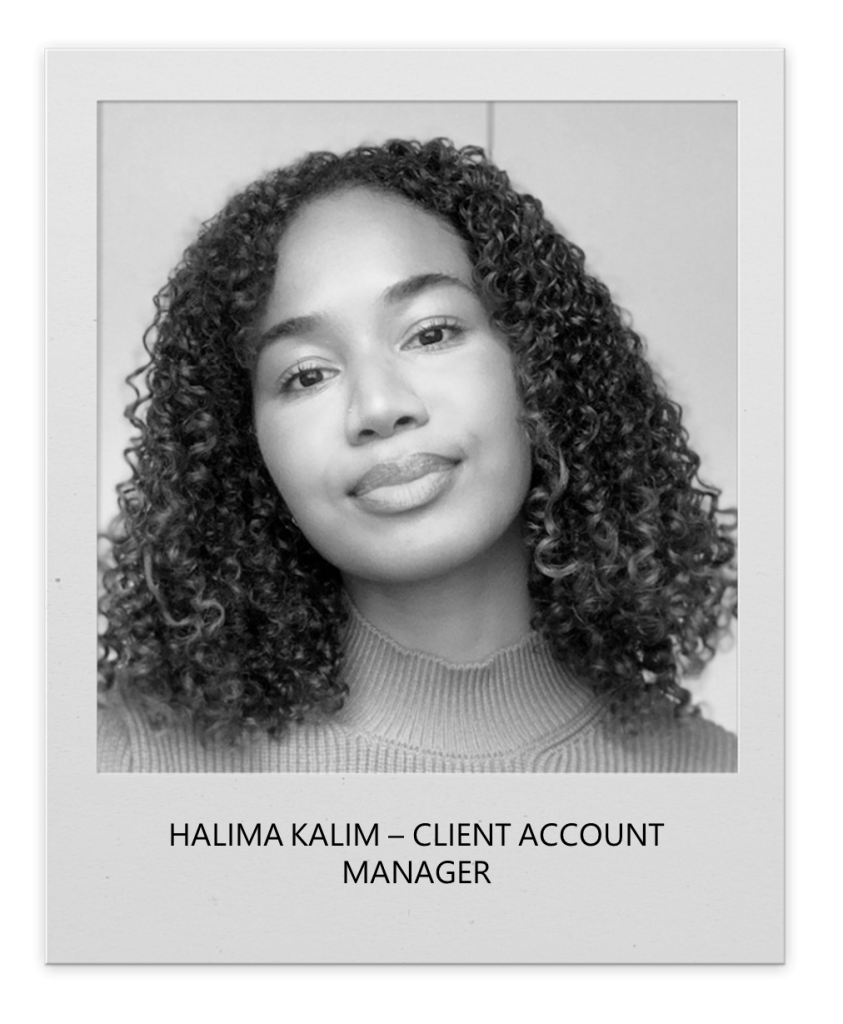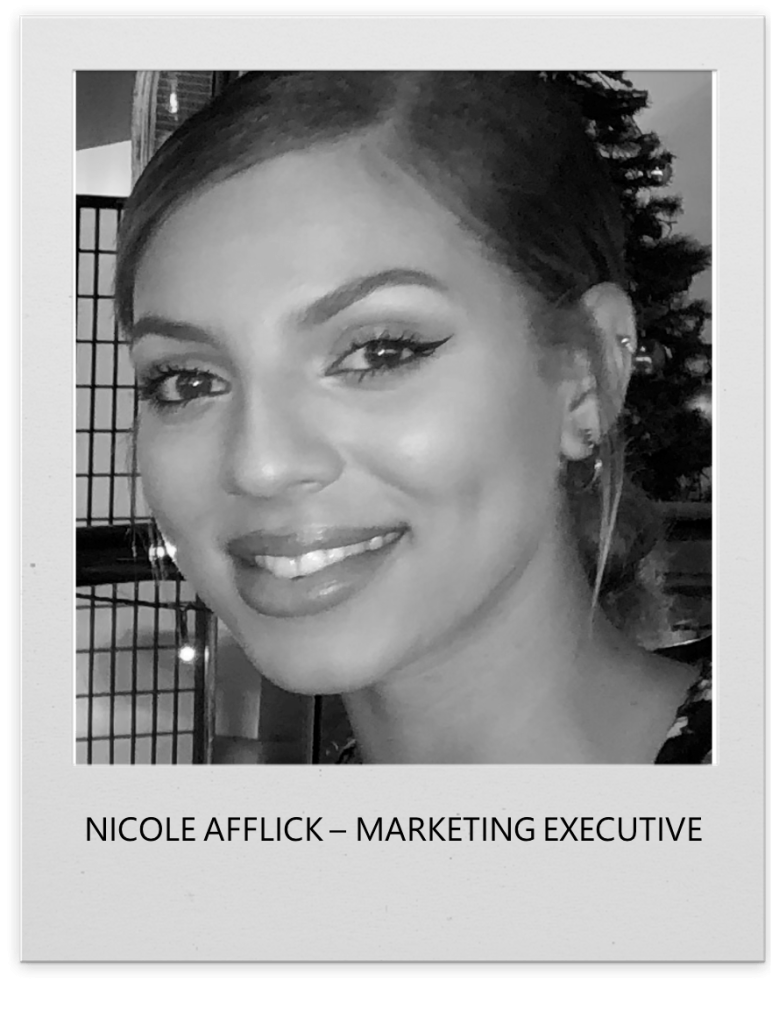Here at Flock, we’re serious about diversity and inclusion. That’s why we partnered with the Incorporated Society of British Advertisers (ISBA) to produce the “Representation of a Nation” guide, filled with practical advice for marketers wishing to become more diverse and inclusive. In it, we laid out three main steps to eliciting change in the marketing industry: accountability, collaboration and trading – or A. C. T.
Published in March, the guide has earned its place among other great resources in the Black Representation in Marketing (BRiM) Framework Tools collection.
This week, we turned in-house to find out what some of our own Flockers have taken away from the Representation of a Nation guide. We asked our Flock three main questions and received brilliant responses highlighting key links, resources and ideas.

Which of the books/podcasts/videos in the guide would you recommend? Natives by Akala (p. 6), everyone should read this book, it’s a massive insight into race and class systems in the UK.
Which collaboration organisation seems particularly interesting to you? The Other Box (p. 8) – I took their Unconscious Bias course some years ago and it completely changed how I thought about my own and other people’s experiences of microaggressions and unconscious bias – I believe every workplace should take this training.
Which of the tips for D&I spending seems key to you? Check the diversity within your media planning and trading teams (p. 11) – there is so much harm in underrepresented perspectives – your team needs to reflect the world we live in and champion minority and underrepresented voices.

Which of the books/podcasts/videos in the guide would you recommend? Diversish (p. 6) and I’m also reading Why I’m No Longer Talking to White People About Race by Reni Eddo-Lodge (p. 6).
Which collaboration organisation seems particularly interesting to you? Thisability (p. 11) – my father had one leg, in an age where there was no sense of shame in people calling him ‘peg-leg’ or ‘hopalong’. I saw him compete to build a business. I see how far we still have to go for ability to play less of a role in marketing.
Which of the tips for D&I spending seems key to you? Make sure that D&I is called out in the brief (p. 11). It all starts with the brief. Advertisers need to be explicit in their intent, in the brief. In all our Better Briefing Training we call out the importance of featuring what is required for D&I.

Which of the books/podcasts/videos in the guide would you recommend? Natives by Akala (p. 6) – Akala cleverly combines emotions with fact and he is extremely intelligent.
Which collaboration organisation seems particularly interesting to you? Creative Equals (p. 8) – I appreciate their dedication to creating more opportunity for minorities in the creative industry, as this is very much needed!
Which of the tips for D&I spending seems key to you? Give yourself extra time (p. 11) – taking the time to understand the value and impact on spending money to help fund diverse businesses can truly transform the way a business operates, and has a great impact on closing the current spend gap. The internal conversations are integral to having a clear view on your employees true thoughts and feelings too.

Which of the books/podcasts/videos in the guide would you recommend? I thought Accenture’s “Inclusion starts with I” (p. 6) was really powerful, it clearly promotes self-awareness and accountability for inclusion within the workplace. Also the quote ‘media creates consciousness’ from Miss Representation (p. 6) is so accurate and sums up why the media holds so much responsibility for people’s outlooks and understanding.
Which collaboration organisation seems particularly interesting to you? Brand Advance (p. 8)- they show a clear incentive to drive brands towards cultural diversity and inclusivity within marketing, showing effective action being taken to improve consistent, diverse coverage.
Which of the tips for D&I spending seems key to you? Be present across all platforms (p. 11) – I feel strongly about how brands/people rely on cultural moments or allocated days to celebrate a certain group or movement, when they should be supporting them consistently in order to create valid input and truly be involved in a conversation, this is how everyone becomes recognised/involved. So by being consistently active on a range of platforms brands are given the opportunity to rectify any intermittence.
Maarten Albadra, one of our senior US consultants, also provided some excellent resources going beyond those mentioned in the guide, touching on an American perspective:

What books/podcasts/videos would you recommend? “White Fragility: Why It’s So Hard for White People to Talk about Racism” by Robin DiAngelo. I would of course recommend my wife’s TedTalk about black women in midlife.
What organisation seems particularly interesting to you from a D&I perspective? “We Play Real” by Nike.
What is a tip for D&I spending that seems key to you? One trap NOT to fall into is to say “well, X% of the population is black/asian/LGBTQ, so we will spend that same amount of our budget in media that represents the size of these audiences.” The right way is to determine the various sub-targets economic value to the business, and determine budget allocation based on that.
Finally, we’d like to ask:
- Which of the resources in the guide would you recommend?
- Which of the collaboration organisation seems particularly interesting to you?
- Which of the tips for D&I spending seems key to you?
We’d love to hear your thoughts on the guide, and on diversity and inclusion in marketing more generally, so please feel free to fill out the contact form below.
None of us can make change alone.


